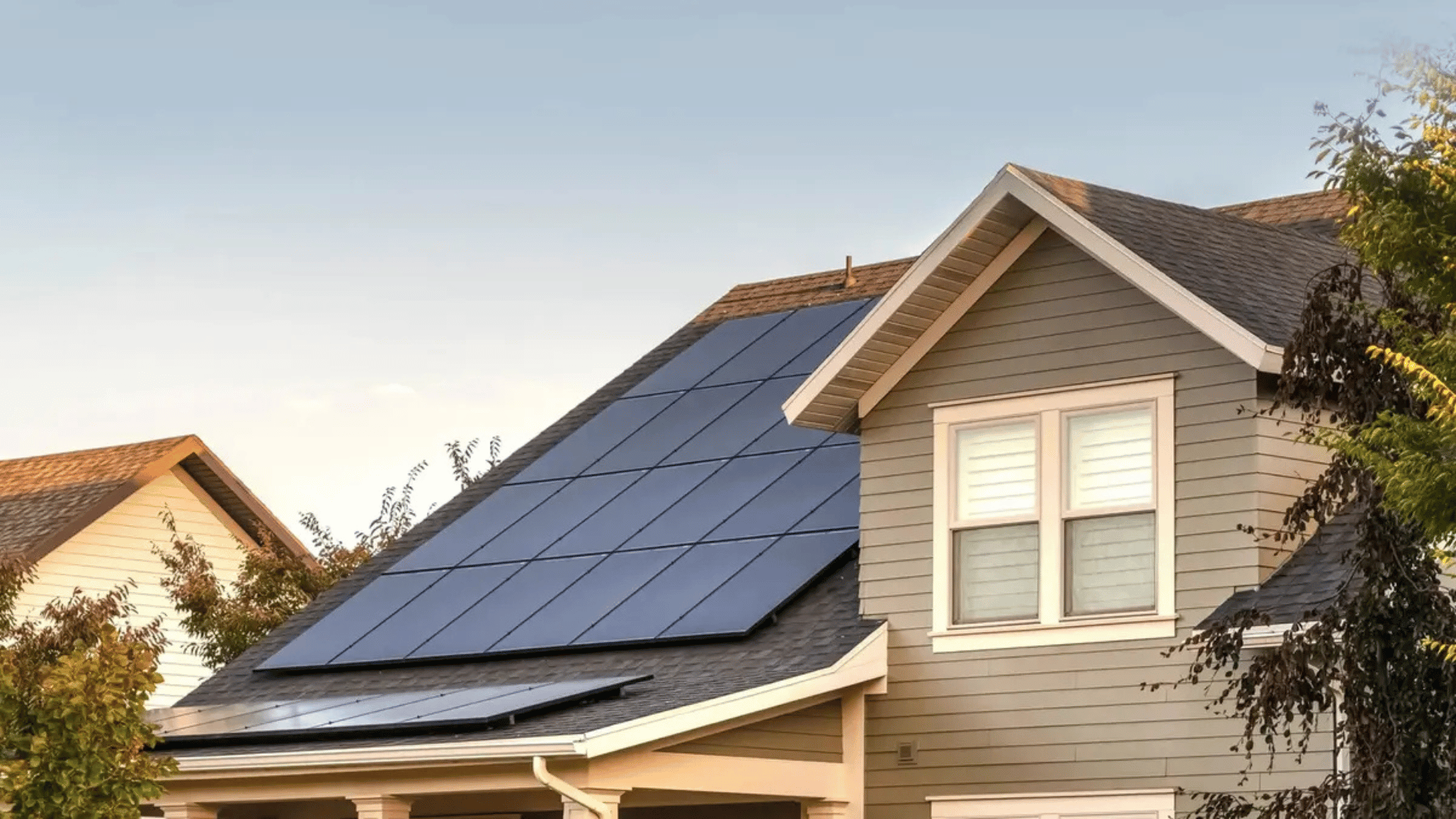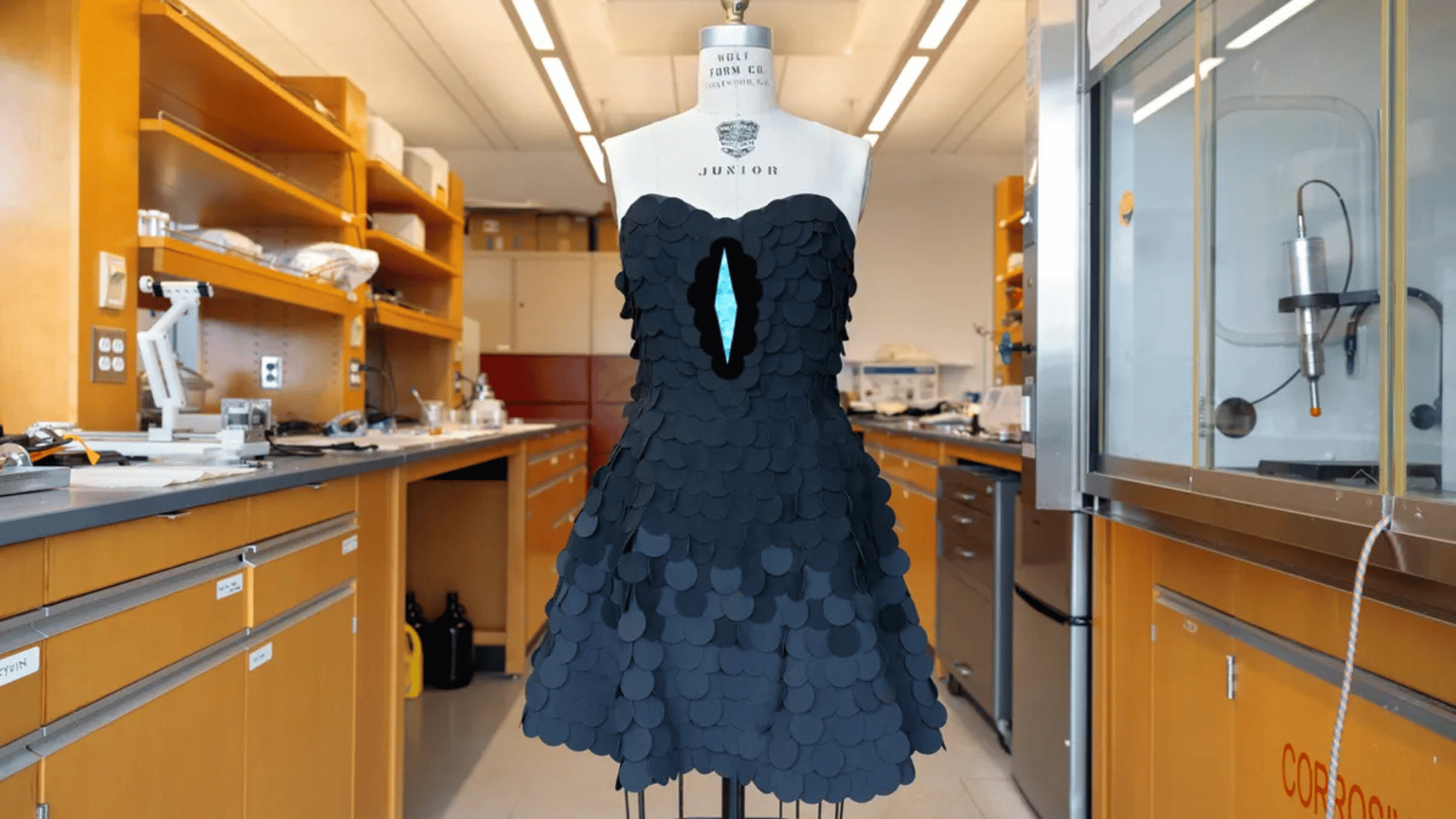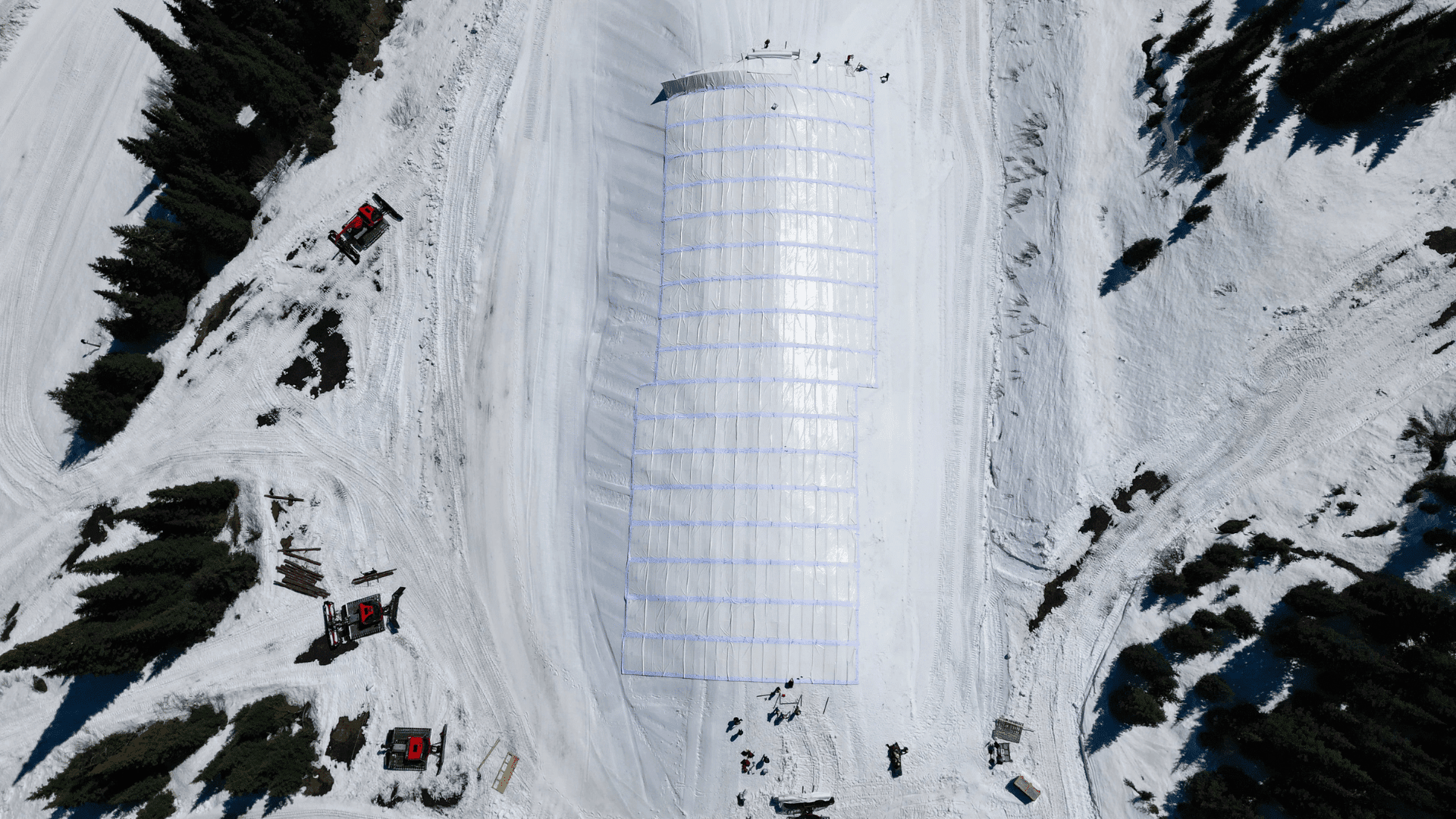Sunrun, a California-based photovoltaic systems provider, has completed a project that turned thousands of homes into the U.S.’s largest virtual power plant.
Consumer-Led Sustainable Power Grid

According to Sunrun, the company’s CalReady system combines solar panels with domestic battery storage to help power approximately 75,000 home batteries from more than 56,000 Sunrun customers. The system has reportedly quadrupled in size since its inception.
Helping alleviate pressure on California’s power grid, which can suffer during the hot summer months, the technology provides approximately 375 megawatts (MW) of backup power to around 280,000 homes – the equivalent of all of Ventura County.
In addition to providing a much-needed backup source of power, the system will also help lower bills and pollution as it relies entirely on solar energy. The power is stored safely in batteries when not needed so that it can be easily called upon during times of high demand.
Electrical demand is expected to spike between 4:00 and 9:00 PM between the months of May and October each year. Sunrun CEO Mary Powell states that Calready is a “customer-led energy revolution.”
Customers who join the grid network, rather than relying on power plants, will also have opportunities to receive compensation. Currently, CalReady offers up to $150 per battery for sharing their stored solar energy. SunRun customers reportedly earned over $1.5 million, and that number could rise to over $10 million in 2025.
Becoming part of this system doesn’t even require expensive infrastructure or new land; customers only need solar panels and stored batteries to begin. By the end of last year, over 60% of new Sunrun customers (90% in California) added battery storage to their solar systems.
“CalReady’s decentralized nature eliminates any potential single point of failure while offering greater resilience and flexibility for the state’s evolving energy needs,” Powell told Electrek.
Though CalReady is currently only available in California, that’s expected to change in the next few years if this program continues its current success.







